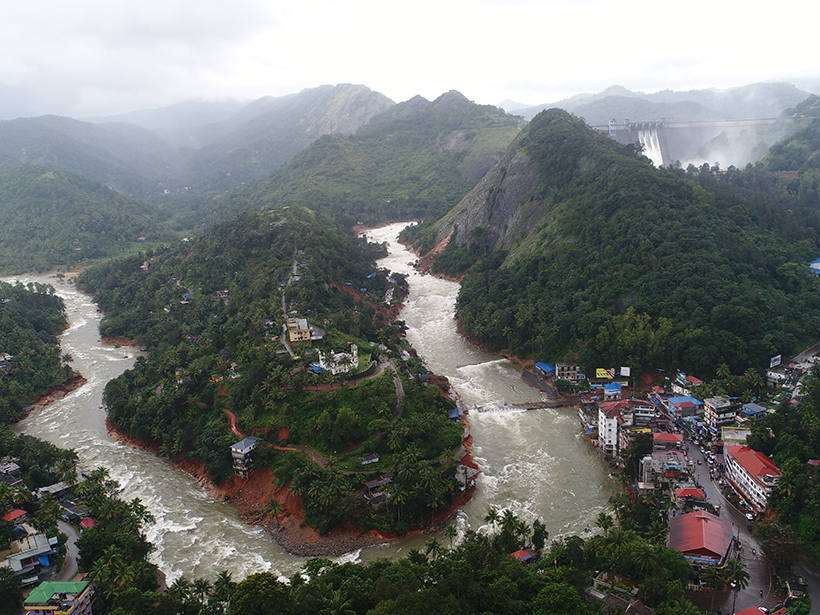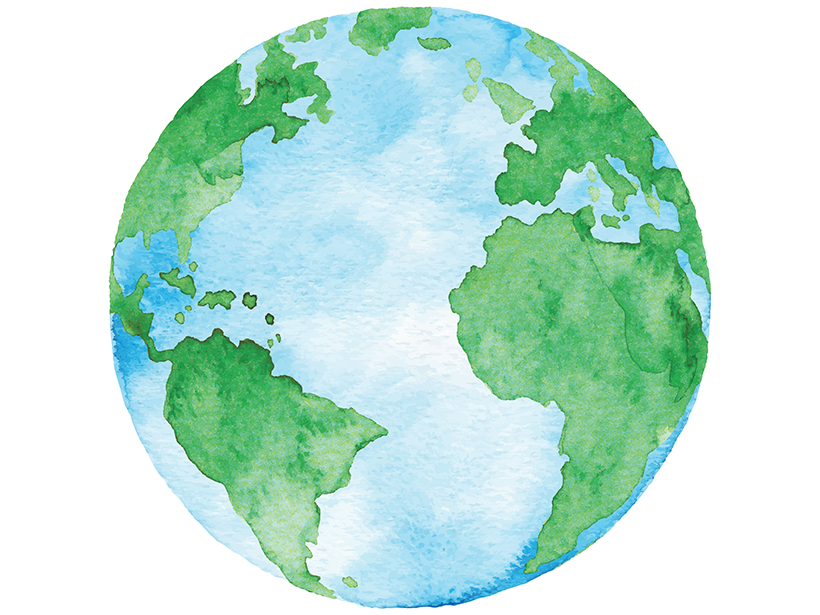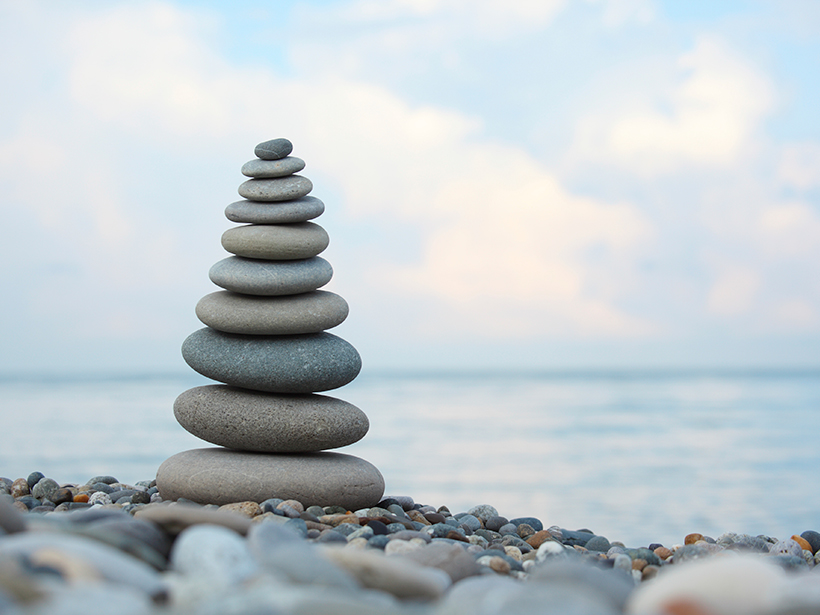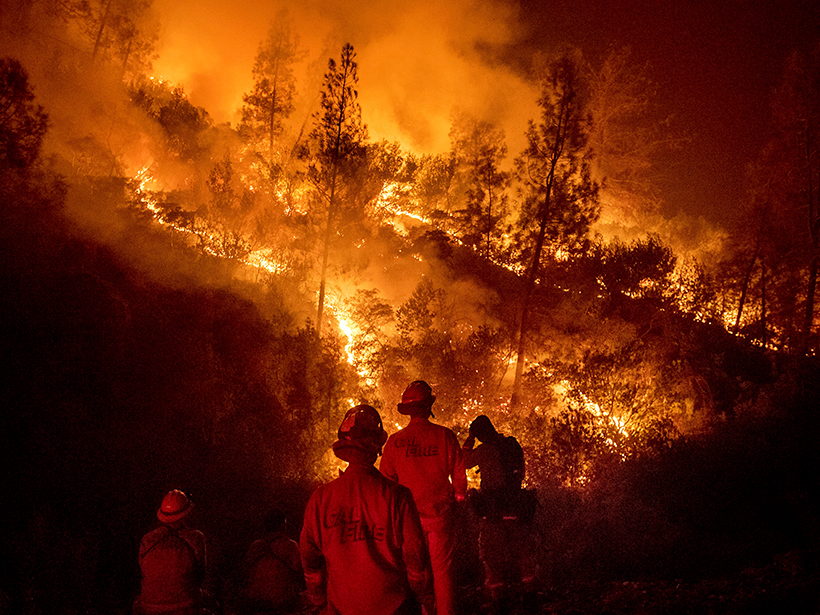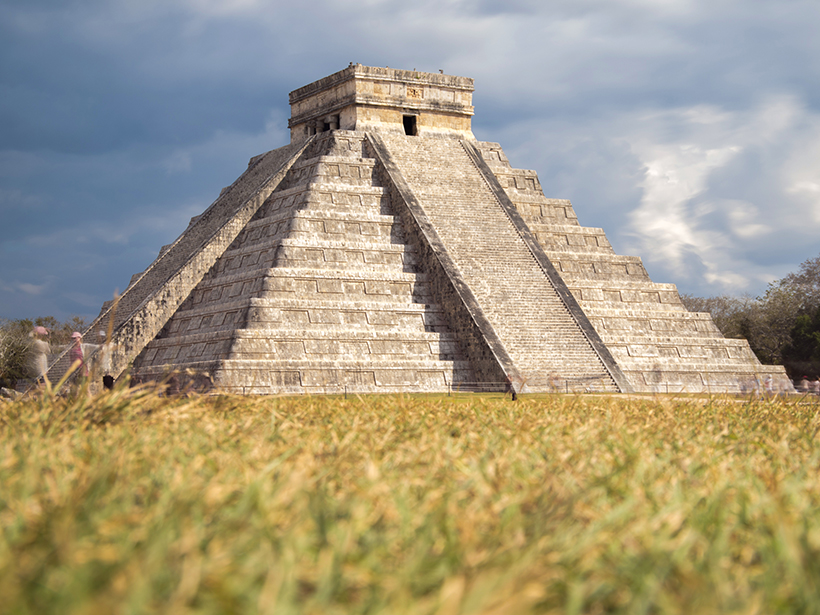Scientists traveled to Kerala, a state in India recently devastated by severe monsoon rains. They found a vulnerable population that will soon face fresh landslide risks as a new monsoon approaches.
Jenessa Duncombe
Jenessa Duncombe, a News and Features Writer for Eos, joined the team in 2018. She graduated with her master’s degree in physical oceanography from Oregon State University in 2017 and subsequently worked as a freelance writer on research ships. Jenessa first interned with Eos, became the team’s first fellow in May 2019, and joined the staff permanently in March 2020.
Can You Express Your Science in 17 Syllables?
Researchers are taking to Twitter to tell the world about their research through the lines of haiku. Now it’s your turn!
Lidar Uncovers Thousands of New Maya Structures
Jungle-piercing lidar surveys over ancient Maya sites give scientists the most extensive maps of lowland Maya civilization to date.
Hack Weeks Gaining Ground in the Earth and Space Sciences
Workshops that fuse traditional learning with Silicon Valley–inspired “hack sessions” are giving scientists a new venue to build community and sharpen their skills.
Massive Ocean Waves May Play a Role in Nuisance Flooding
When huge planetary waves that spawn in the open ocean reach land, they can raise local sea levels along the coast. Could tracking these waves help scientists predict flooding months in advance?
How Forecasting Models Are Changing the Way We Fight Fires
Eos speaks with Andy Edman, western region chief of the Science and Technology Infusion Division at the National Weather Service, about how the agency is helping wildfire crews fight fires from space.
Severe Drought May Have Helped Hasten Ancient Maya’s Collapse
Chemical signatures from sediments in lake cores reveal that the centuries-long drought during the fall of Classic Maya civilization was worse than researchers had imagined.
Just How Anomalous Is the Vast Baltic Sea Dead Zone?
Newly drilled cores from the Baltic Sea reveal 1,500 years of deoxygenation history. The record sheds light on the dire state of the Baltic Sea today.

